Ways to Reduce Waste for Pet Lovers
Ways to Reduce Waste for Pet Lovers
Written By
Being a pet owner presents a variety of changing responsibilities, and pursuing a low-waste lifestyle can be difficult when owning a pet. Pets require not only love and attention, but they need a series of care items. Food, collars, leashes for walks, beds for leisure, toys for fun, and treats for training or just as a special snack. Most food bags are not recyclable, and different materials used to make pet beds and collars/leashes can be harmful to the environment (and possibly your pet!). On top of that, all animals produce waste that can contribute to algae blooms and sickness if not disposed of properly. These problems pose possible environmental risks, but we can take steps to help eliminate these issues by spreading knowledge and supporting the right companies.
A large part of living sustainably is knowing where to look for authentic brands that are environmentally friendly and support zero waste. A variety of brands make a profit by making items out of the cheapest materials, many of which are not recyclable and not environmentally friendly. Pet food bags are created with a paper and plastic lining that allows the otherwise plastic bag to stay sturdy and be sealed for convenience. If the lining isn’t removable from the side of the bag, then it cannot be recycled and will spend the rest of its life in a landfill. Other pet food containers, including wet food cans and litter containers, can be recycled in your curbside bin; make sure to check within your municipality to be sure.
Food and treat bags can also be bought in large quantities, thus reducing the amount of plastic waste your pets contribute to. An easy (and fun) solution is making your own pet food or treats. A variety of dog food recipes can be found here and cat ones here, but always be sure to check with a vet to make sure these diets accommodate any supplementary needs. Additionally, All Recipes has a section dedicated to pet treat recipes, which is linked here. However, if you’re looking to buy brand-made food/treats, a variety of companies have made accommodations to help people and brands become more environmentally friendly. Terracycle, an innovative recycling company that works to break down and repurpose hard-to-recycle materials, is partnering with Wellness Pet Food to create a free recycling program for pet food containers. You can find more about this program here.
Pet beds are made out of a variety of materials, a variety of companies sell pet beds made of recycled plastic bottles. For those exploring different bedding options, a list of eco-friendly pet beds can be found here. Try to find a local option before diverting to name-brand products, as many thrift stores or small businesses will have these items. When you’re done, many animal shelters take used beds and blankets as well as other donations. Contacting your local shelter is a great way to give all your used pet products another life.
Deciding what type of leashes and collars to buy for your pet can be tough as well. The use of hemp in manufacturing dog leashes and collars has become more popular, as hemp is a very sustainable, easy to care for plant. It has natural pest resistance (so pesticide use is low, if there’s any), and grows quickly in almost any climate. Earth Dog sells hemp dog products, including leashes, collars, harnesses, and more, catering specifically towards dogs with sensitive skin. Lupine, a flowering plant of the pea family, has many of the same characteristics of hemp and makes excellent collars and leashes as well. Lupine Pet makes trusty and reliable eco-friendly pet gear for dogs and cats, and includes a lifetime guarantee for those pets who like to tear things up in their free time.
Although they may not seem needed, it is nice to have toys around for even the laziest cats and dogs. From tennis balls to rope toys to bones, you can find a variety of eco-friendly pet toys at your local pet store or, even better, you can make them yourself! Cutting up and braiding old t-shirts is incredibly easy, though a more durable toy may be needed for those with a stronger grip. Old tennis balls are a great option; many country or tennis clubs will give them out for free (although a membership is usually required). ORE creates stuffed pet toys out of a variety of recycled materials, and recycled rubber is being used more often to make pet toys and bones. Rubber bones are a durable alternative to rawhide bones, but chew toys can be made out of a variety of eco-friendly materials. Rufflife makes bones out of olive wood and olive oil and Hip Doggie makes them out of luffa plant fiber – both great green alternatives. Of course always supervise your dog and its usage of toys.
Now the big concern for dog owners – what about poop? Most dog waste bags are made of plastic, struggling to support a low-waste lifestyle because dirty plastic cannot be recycled. Compostable bags are a good option, but must still be thrown in the trash can and will not compost in a landfill setting. Many wonder if it’s possible to avoid bags altogether by picking poop up with a tissue and flushing it, and the answer is yes! This is by far the most environmentally friendly way to dispose of waste, just be sure to not flush any kind of bag or napkin with it.
Composting is a good option, but special steps must be taken to make sure harmful bacteria doesn’t seep into waterways or cause algae blooms (in other words, it’s always best to pick up your dog’s poop!) Waste cannot be placed in a compost bin with the rest of your old food, instead, a series of steps is required to safely compost the dog waste itself. The waste must be diluted and combined with carbon-rich materials and in a careful process, can be developed into fertilizer. An in-depth explanation of this procedure can be found here. Not ready to make you own, there are some pre-made digesters available like this one. Please check your local ordinances before digging.
The same can be done for cats, but you must be careful choosing what kind of litter to use. Clay, sand, and crystalline based litter cannot be composted and will cause damage to soil if used. Cat litter can be made from a series of natural sources, the most popular of which being sawdust, pine, or cedar. Wheat-based litters are also common and environmentally friendly, and some people even make their own out of newspaper. You can find more on cat litters and composting here.
Owning a pet and being anti-waste can be difficult, but can be balanced thanks to the newer, more eco-friendly products that are coming available. By doing a little research, it is easy to find brands or DIY projects that support your beliefs and will assist you in your low-waste journey.
More Resources –
- health.ri.gov/healthrisks/petwaste/
- www.keeptruckeegreen.org/guide/pet-food-bags/
- www.treehugger.com/eco-friendly-dog-beds-4858608
- blog.dogids.com/hemp-dog-collars/
- www.onegreenplanet.org/lifestyle/10-eco-friendly-toys-for-dogs/
- www.leafscore.com/eco-friendly-pet-products/the-best-non-toxic-dog-chew-toys/


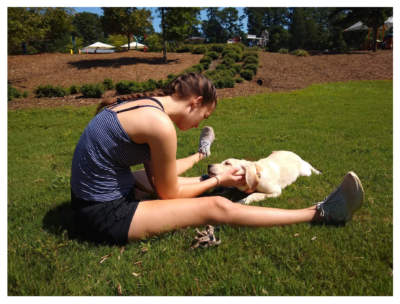
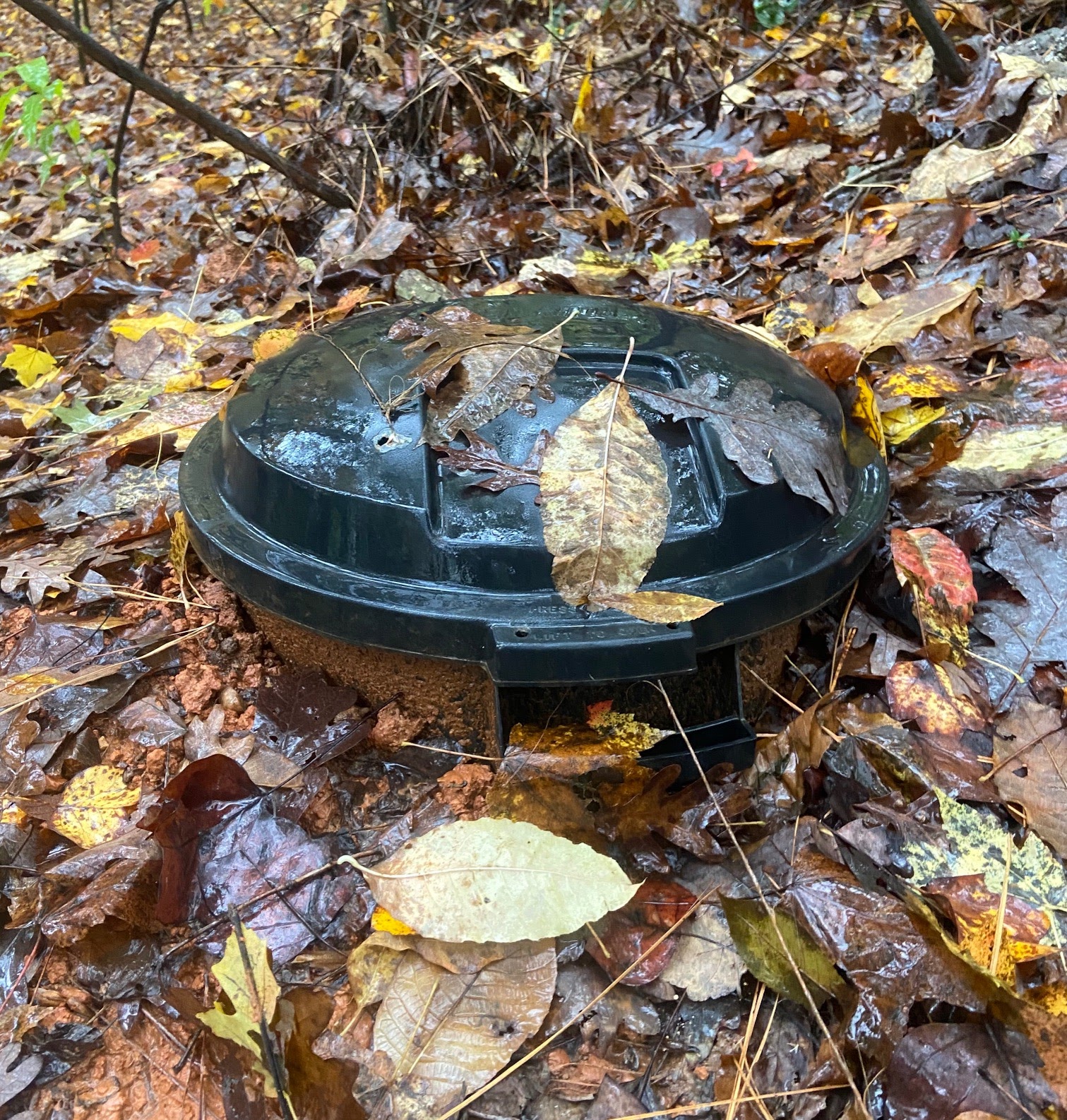
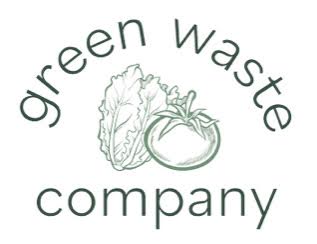
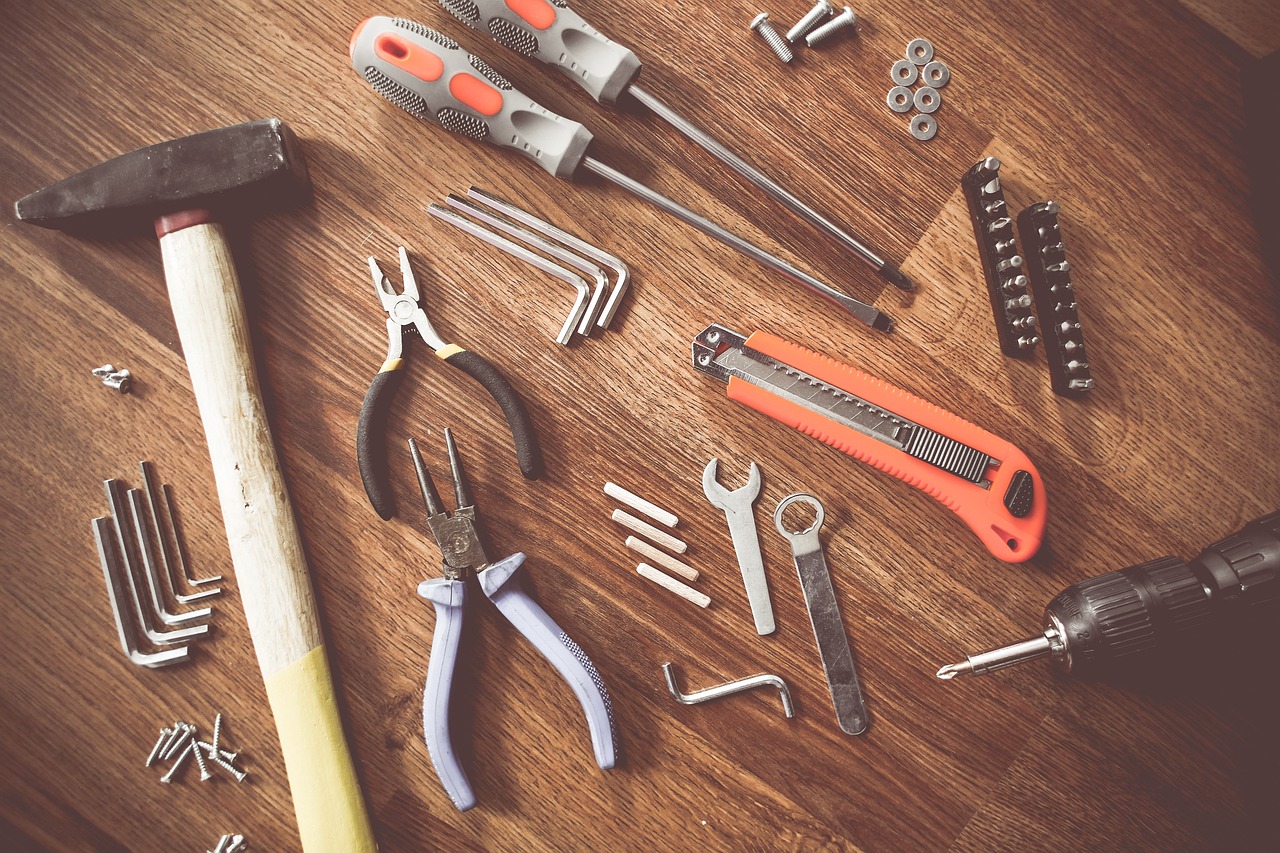
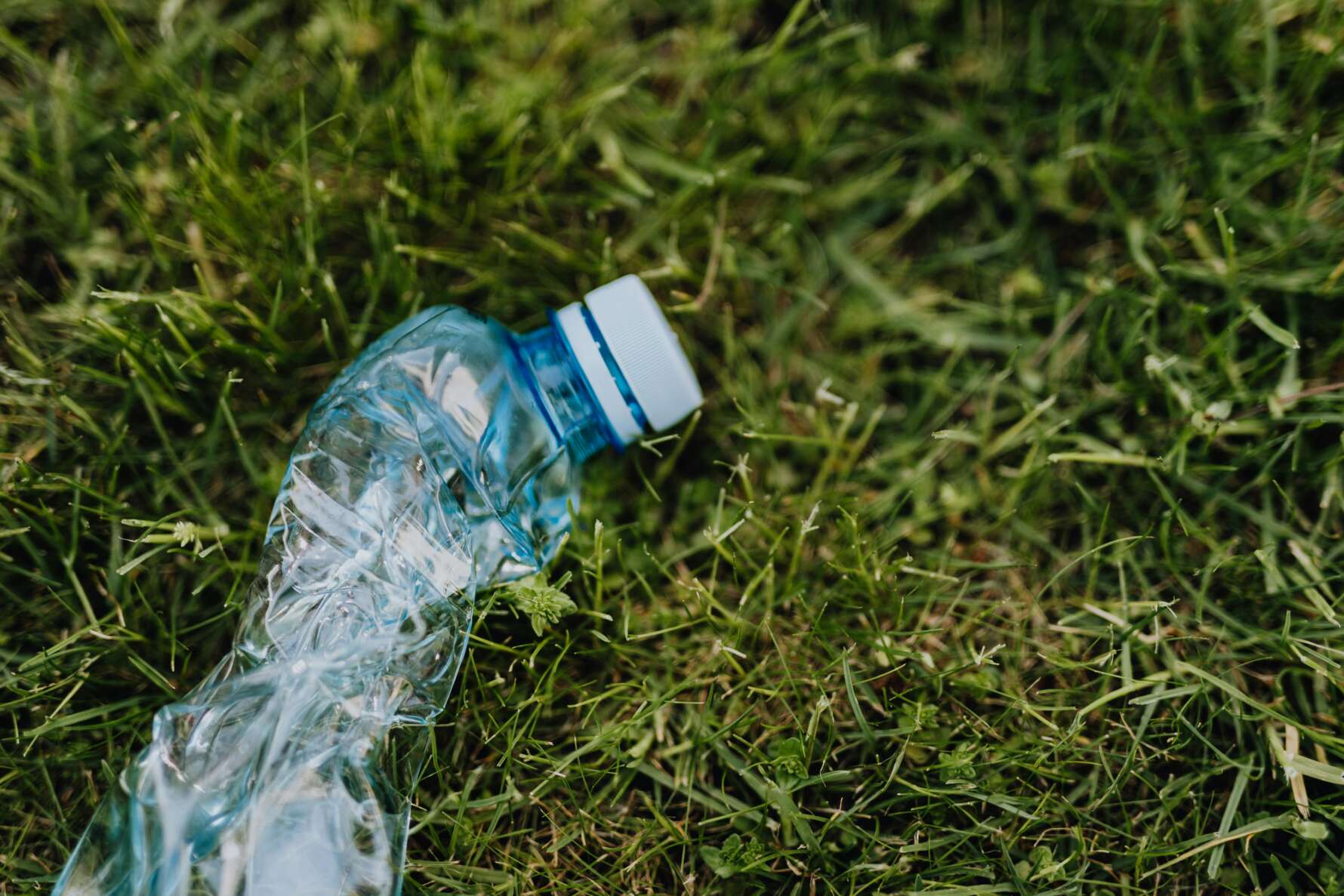
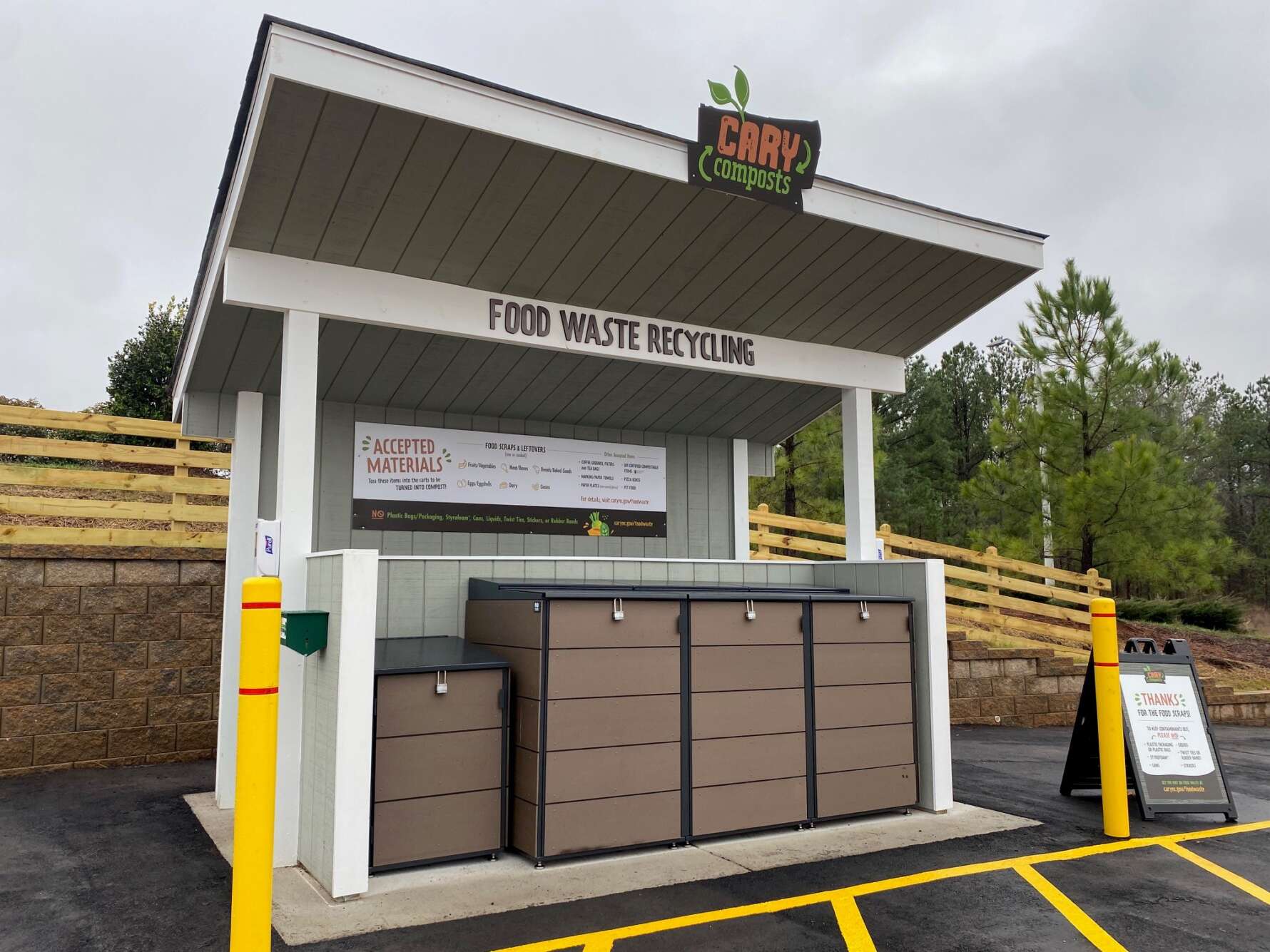
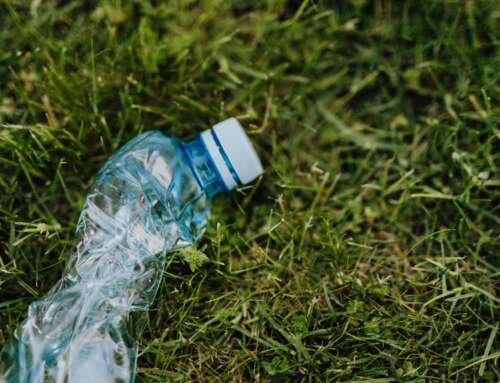
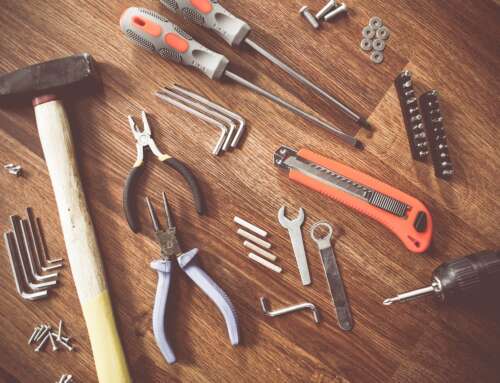
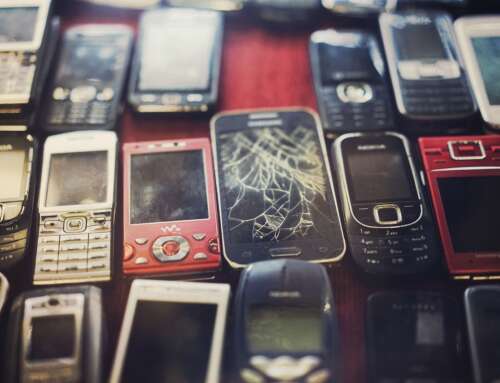
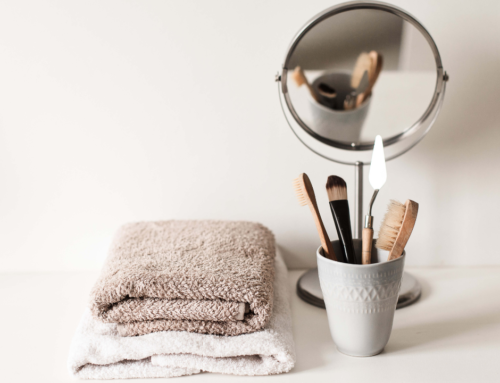
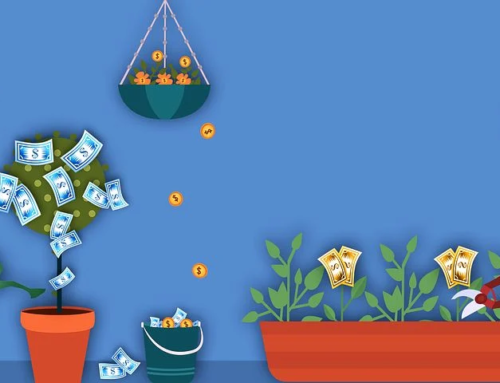



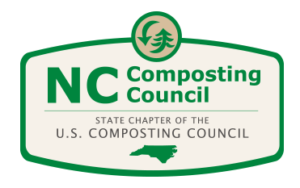
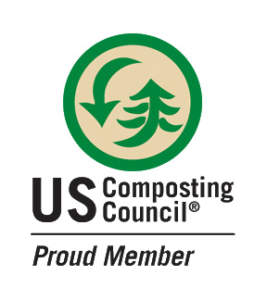


Theresia,
Your blog is a wonderful contribution to raising awareness of the choices we make to support our beloved pets in an eco-conscious way! Thank you.
Congratulations on your next step–life as a college student at Appalachian State University! The ASU and Boone community should provide many kindred spirits for your continued journey as an environmentalist.
All the best for your future success!
Evelyn